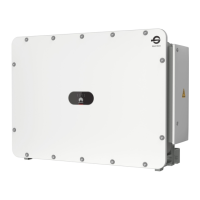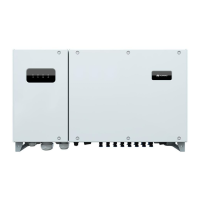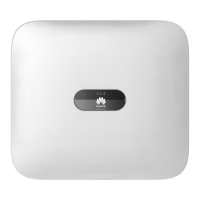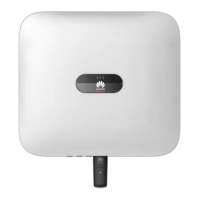3
Installation Verification
1. The SUN2000 is installed correctly and securely.
Yes □ No □
2. All screws, especially the screws used for electrical connections, are tightened.
Yes □ No □
3. The DC SWITCH and downstream AC output circuit breaker are OFF.
Yes □ No □
4. Ground cables are connected correctly and securely, with no open circuit or short
circuit.
Yes □ No □
5. AC output power cables are connected correctly and securely, with no open circuit
or short circuit.
Yes □ No □
6. DC input power cables are connected correctly and securely, with no open circuit or
short circuit.
Yes □ No □
7. The DC input voltage is not higher than 1000 V and meets the local voltage range
requirements.
Yes □ No □
8. RS485 communications cables are connected correctly and securely.
Yes □ No □
9. Idle DC input terminals are sealed.
Yes □ No □
10.The idle USB port and waterproof cable connectors are plugged with waterproof
plugs.
Yes □ No □
11
4
System Power-on
1. Switch on the AC circuit breaker between the inverter and the power grid.
2. Set the DC SWITCH at the bottom of the inverter to ON.
3. (Optional) Measure the temperatures at the joints between the DC terminals and the connectors
using a thermometer.
4. Observe the LED indicators to check the inverter operating status.
After the verification, reinstall the AC terminal cover, adjust the support bar, and close the
maintenance compartment door. Then tighten the two screws on the door to a torque of 4 N·m.
Check that the maintenance compartment door is locked.
At least one PV string is properly connected, and the DC
input voltage of the corresponding
-tied.
Before switching on the AC circuit breaker between the inverter and the power grid, use a
multimeter to check that the AC voltage is within the specified range.
To check that the DC terminals are in good contact, check that the temperatures at the joints
between DC terminals and connectors do not exceed 85
°
C after the inverter has been running for
a period of time.
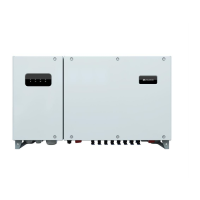
